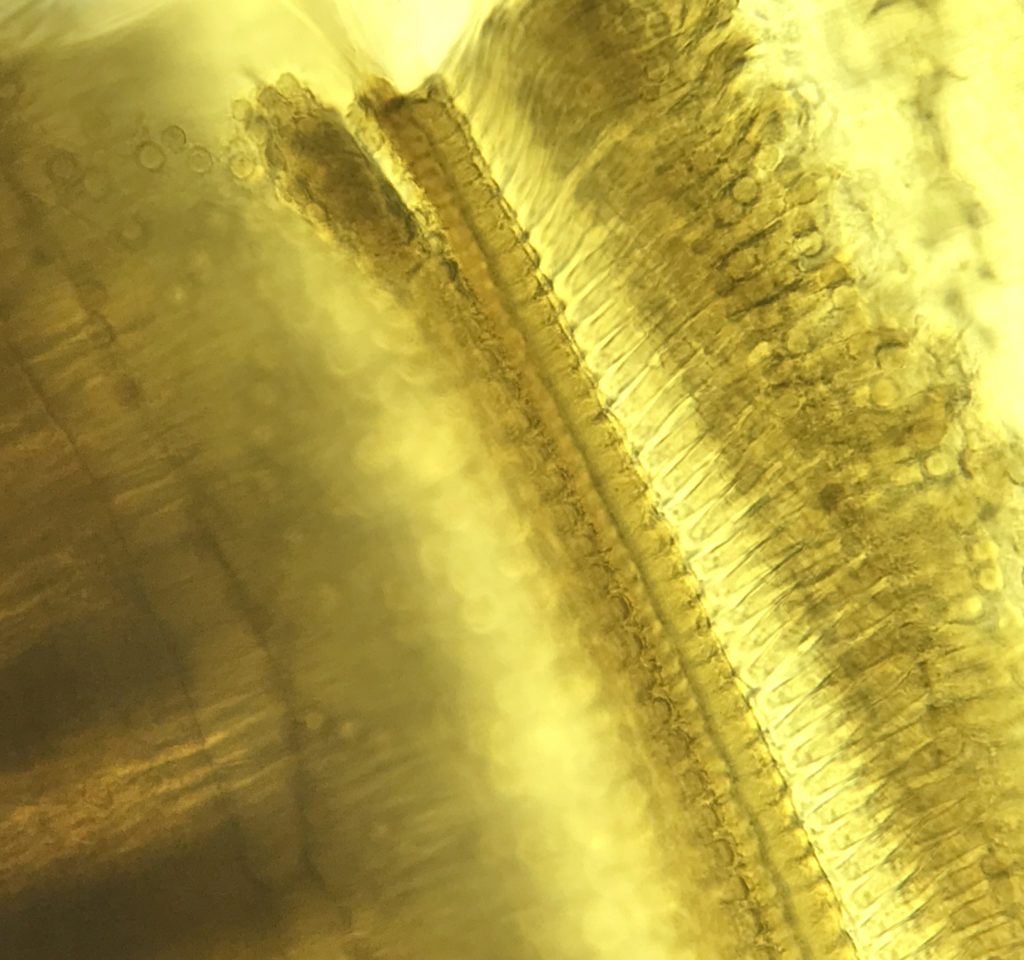Effect of Inner Hair Cell Loss and Afferent Damage on Functional Hearing in Chinchillas
PI: Dr. Edward Lobarinas
The consequences of selective inner hair cell (IHC) loss on hearing remain poorly understood despite their critical role in the auditory system, as these cells synapse contain over 90% of afferent auditory nerve fibers that transmit acoustic information to the brain. The overall goal of this project is to determine how auditory sensitivity, hearing in noise and temporal processing is altered when IHC and their afferent connections are damaged in chinchillas treated with the anticancer drug, carboplatin.

Associated Publications:
1. Lobarinas E, Salvi R, Ding D. Selective Inner Hair Cell Dysfunction in Chinchillas Impairs Hearing-in-Noise in the Absence of Outer Hair Cell Loss. Journal of the Association For Research in Otolaryngology : Jaro. PMID 26691159 DOI: 10.1007/s10162-015-0550-8
2. Lobarinas E, Salvi R, Ding D. Insensitivity of the audiogram to carboplatin induced inner hair cell loss in chinchillas. Hearing Research. 302: 113-20. PMID 23566980 DOI: 10.1016/j.heares.2013.03.012
Deep-Learning Based Personalized Compression for Hearing Aids
PI: Dr. Nasser Kehtarnavaz
Compression is a signal processing method in hearing aids aimed at maximizing the residual hearing of individuals with hearing loss. The most common causes of hearing loss are aging and noise exposure, which reduce sensitivity to soft sounds. However, for most hearing impaired individuals, perception of loud sounds remains unchanged. This reduces the relative range of hearing from barely audible to uncomfortably loud. In order to amplify inaudible sound effectively, soft sounds must be amplified and compressed within a reduced dynamic range of hearing. Compression in hearing aids is normally achieved via setting gain across a number of frequency bands according to commonly adopted prescriptive fitting rationales. The target gain in these rationales is based on the average gain needed for a given hearing loss, but does not always reflect the dynamic environments or hearing preferences of the user. The objective of this project, led by Dr. Kehtarnavaz (Electrical Engineering) is to develop a “personalized” framework for performing compression in contrast to the fixed framework that is currently used in hearing aids. The overall aim is to provide mobile platforms and software for conducting further research in this field. Participants will be able to test-drive state-of-the-art “deep learning” technology that will begin to “learn” the user’s preferences. It is hypothesized that deep learning-based compression, developed by participants, will lead to more effective hearing compared to conventional compression and have a significant impact on hearing enhancement in future generations of hearing devices.
Hear Us NowTM
PI: Dr. Edward Lobarinas & Tina Campbell
The sound engineers at Hear Us NowTM (HUN) designed a patented speech enhancement processing strategy that can integrate with a variety of listening devices. This system was first put into place at the Music Hall at Fair Park, a performing arts facility in Dallas, Texas. The HUN digital processor filters the audio from the dedicated hearing assist feed before it is transmitted to individual headsets via FM. This assistive listening device (ALD) streaming enhancement was designed to overcome common problems that people with hearing loss experience such as unclear speech, difficulty hearing speech in background noise, and reverberation.. While the venues using HUN have received positive responses, there has been no formal research on whether the HUN processing is preferred by theatre-goers. The purpose of this project was to evaluate the Hear Us NowTM technology to determine if it is a preferred sound processing strategy compared to raw audio input with no speech enhancement processing and to assess the optimal delay setting large venues should implement when programming ALDs.
